
Linkedin is essentially two things: a web landing page and a publishing platform.
You could fill out all of the relevant sections of your profile page and sit back, waiting for things to happen. And if you are a job seeker with in-demand skills and if the market for what you do is tight, you may find recruiters knocking on your virtual door.
Use content to get noticed
What if you’re not that hot human asset? Or maybe you’re not a job seeker – but you are trying to get others to buy into the idea of you, to get noticed for whatever reason. In either case, putting content on LinkedIn is a great way to ‘hook’ people to that profile landing page, where they can read your bio and maybe even respond to any calls to action there. Few people will visit your landing page without a reason.
The only limit to the kind of content suitable for LinkedIn is your imagination. After COVID hit, a flood of personal content dominated the previously buttoned-up professional networking channel.
That flood has abated somewhat. But you’ll still see posts tackling a very broad and diverse range of topics about family, love, loss, pets, kids, illness etc that used to be regarded by some as ‘TMI’. I tell my clients that they can write about anything they want as long as they keep one objective in mind: it needs to generate engagement.
I used to harp on about the absolute need for content you put out into the world to mainly ‘add value’. These days, the conversation you spark via your content is the value. A friend of mine, Andy Crestodina, recently said it well:
‘People who search are busy. People on social are bored. So your job on social media is to be a little bit unexpected. If you write something that has a provocative or emotional headline, something unexpected, they’ll slow down, stop and tap.’
Your toolkit of content types
There are eight ways to provide content for the bored masses on LinkedIn:
- Text posts
- Carousel posts
- Articles and newsletters
- Streaming video (LinkedIn Live)
- Audio events
- Group posts
- Collaborative articles
- Comments
Let’s look at what they are and how to use them one by one.
1. Text posts
Text posts don’t require any special equipment. You don’t need a camera, you don’t need a microphone or headphones: all you need is a keyboard and screen.
LinkedIn has recently introduced a ‘Save as draft’ feature, which is handy because you can build your text post as you go. And if you were to lose connectivity for whatever reason, this feature will automatically kick in, so you shouldn’t lose your work.
There’s a raging debate on LinkedIn as to whether a text post is better than a text post with a picture. My take is that as long as the content you are creating grabs the reader, it doesn’t matter whether it’s 100% text or text with some other kind of media attached.
Another approach is to ask yourself if the text stands by itself, or can it be improved on by adding an image/graph/selfie (etc)? Does the attached image help to tell the story or get the point across?

Here, the image gives a taste of the download on offer.
Open description of image
LinkedIn text post from someone named Lidia I… reading:
‘To create a content strategy that really drives your business forward you must understand your audience, what they’re trying to accomplish and help them along.
‘Copy my process and borrow the template I use → [link text]’
There is an image of the template and 12 people have liked the post.
Adding an image can help to grab the attention of anyone scrolling past your post in a busy feed. On the other hand, if you’ve been publishing on LinkedIn for a while and been lucky enough to build up an audience, adding a picture may not always be necessary. Plus, in that case most of your traffic will probably be coming from your followers’ notifications rather than their feed.
(A side point here: the algorithm will see to it that some of your tribe will see your post in their notifications. But only LinkedIn knows why/when some of your connections and followers are notified every time you post. Even those followers who clicked on your ‘notify me’ bell are not guaranteed to see your content.)
A meme is a popular image post consisting of an image or TV/movie still with a written phrase or expression added to it. These are typically humorous in nature and copied and spread rapidly by other users. Some LinkedIn post creators use screenshots from other social channels (eg Twitter/X) as the attached image. This is a way to repurpose content you’ve shared and which has done well elsewhere.
Both memes and GIFs can appeal to a younger audience and are perfect vehicles for lighthearted messages designed to get reactions.
2. Carousel posts
Carousel posts, also known as ‘document posts’, are posts with PDFs attached. They’re a favourite way for me to sneak long-form content into a short-form ‘wrapper’. (Note: LinkedIn had an official carousel post type that they retired in late 2023. But adding a PDF to a post does the same thing.)
You can snag the attention of someone bored on social media – and hopefully they’ll consume not just the introductory post text but go on to click on the attached PDF pages (or ‘slides’).

Open description of image
LinkedIn carousel post from someone named Kia Alvarez-Abrera reading:
‘I’m starting this documentation of restarting as an entrepreneur as I navigate the challenges of ADHD [… see more]’
The attached carousel is titled ‘ADHD’ and it shows it’s on page one of ten. The page reads, in large text:
‘I was diagnosed with ADHD in October and I’m trying to get to know my brain again.’
Below that, in smaller text, it reads:
‘Here are 8 things that I learned so far in this journey.’
There is an arrow on the right-hand side to navigate through the PDFs.
A few years ago, those clever LinkedIn data scientists devised ‘dwell time’, which is a method to analyse how long readers spend on your content. They can do this, apparently, by measuring how you scroll and when you click – essentially getting data from your fingertips/mouse movement.
Clearly, carousels (along with video and audio) can be attention-hogging champs, ideal for extending the precious time consumers of social content bestow on you.
I use tools like Canva to make colourful, slick, easy-to-read slides. Over time, you’ll end up with a library of content. As long as it’s ‘evergreen’ content (ie always relevant), it will be easy to repurpose and/or re-deploy.
Whenever you put those slides together, bear in mind that roughly 60% of your readers are trying to consume via their small screen device, so make any text/images clean and clear.
3. Articles and newsletters
Although short-form content has been the mainstay of LinkedIn for the last seven or so years, it’s still possible (and advisable) to write and publish long-form content, ie articles.
Where articles differ from posts is that articles are indexed on the internet and posts are not. So the opportunity to be found by those outside of LinkedIn’s walled garden, and in theory forever, is important to consider.
I regularly field enquiries from people who initially found my content on the web. As Andy Crestodina noted earlier, people who are searching on the web are generally seeking information. And though posts can certainly provide information, to provide it in a comprehensive manner, it’s hard to beat LinkedIn articles.
One of the features of LinkedIn’s Creator Mode is the option to create what it calls a ‘newsletter’. Here this is simply the option to publish a series of articles on a cadence of your choosing – say, monthly.
The hope is to convert your followers and connections into subscribers, who will then get notified each time you publish your newsletter.
It’s a great way to build a regular audience on the platform, but it’s far from perfect. With subscribers reading your newsletter articles in their mailbox, it probably means less engagement within the platform than if they could only consume the articles directly on LinkedIn.
And newsletter authors have absolutely no idea about readership, since LinkedIn doesn’t provide any stats, such as on open rate or subscriber churn. Dwell time too would obviously be incredibly valuable to know.
4. Streaming video (LinkedIn Live)
Creator Mode also gives you access to LinkedIn Live, a way to broadcast your video using a third-party broadcast streaming service. Such services include Restream, Socialive, StreamYard, Switcher Studio, and Vimeo. Alternatively, you can connect directly to an encoder or streaming software like Zoom or WebEx, or a custom stream (RTMP) tool.
You can go live spontaneously or schedule your livestream in advance to promote it on or off LinkedIn. Linkedin Live broadcasts are public and are recorded, and after the broadcast is complete, the replay will remain on your profile page.
To be eligible for LinkedIn Live, you must have at least 150 followers or connections. You must also have been a good citizen (not broken any of LinkedIn’s Professional Community Policies) and you cannot be located in mainland China.
Again, a tool like Canva will help you to produce professional-looking marketing images and banners to advertise your upcoming events.
5. Audio events
The same eligibility rules for LinkedIn Live apply to accessing the LinkedIn Audio feature.
I love LinkedIn audio events because there’s no need to worry about how you look, only how you sound, and I think there’s a low barrier to entry for people running them and attending. I’ve run and participated in over 100 audio sessions, and there are always people who want to be part of the conversation.

Open description of image
Listing for LinkedIn audio event. Banner at top showing a purple thinking-face emoji and the title ‘The Curious AF Show’ in illustrated block capitals.
The listing details are:
Today, 3:00pm
The CURIOUS AF Show (recorded by me)
Event by ANDY FOOTE
Mon, Jan 15, 2024, 3:00pm – 4:00pm (your local time)
Audio event
ANDY FOOTE and 8 other attendees
There are buttons for ‘Attend’, ‘Share’ and more options.
LinkedIn Audio is a bit of a work in progress though. For example, it doesn’t have a chat feature, which would greatly enhance engagement during these events. And the current scheduling system forces anyone who is organising an audio event to publish a post every time one is organised, which is an unnecessary hassle.
The other main issue with LinkedIn Audio is the lack of a chronological schedule of events. So you can’t see, for example, what’s coming up during that day, week or month – which is a huge problem when you’re trying to get people in the room and up on stage.
If you already have ideas for topics to get people tuning in, great! If you’re looking for inspiration, spend some time looking at the LinkedIn events calendar to see not just what’s being organised but also attendance rates for each event.
6. Group posts
I include this option for the sake of completeness. LinkedIn groups have sadly been neglected by LinkedIn for many years.
However, people do still join them, and there are groups out there that still operate as actual communities (instead of a barren wasteland for content). If you find a group that has an admin who (still) gives a damn and members who engage on and share content regularly, it can still be worthwhile to share your content there.
LinkedIn groups that are specialist in nature and have a narrow field of interest are more likely to be receptive to experts who can create highly relevant and/or topical content.
7. Collaborative articles
Collaborative articles were introduced in March of 2023 and are LinkedIn’s first use of generative AI. LinkedIn describes them as ‘AI-powered conversation starters’.
They are essentially AI-generated articles which throw out prompts calling on specific users for their expertise and input. If those users respond (comment), that input then becomes part of the article.

Open description of image
One section of a LinkedIn collaborative article. The page is divided into two down the middle. The main article text in on the left and reads:
1. What is cognitive load theory?
Cognitive load theory is based on the idea that our working memory has a limited capacity to handle new information. Working memory is the part of our memory that we use to actively process and manipulate information, such as solving a problem or following a lecture. If the working memory is overloaded with too much or irrelevant information, it will impair our ability to learn and transfer information to our long-term memory. Long-term memory is the part of our memory that stores and organizes our knowledge and skills for later retrieval and application.’
On the right side there are contributions from LinkedIn members. A call to action at the top says ‘Add your perspective’.
One contribution is from Atul Kumar, whose profile description is ‘400K+ Brains | Founder at Growth Eye | AI Enthusiast | Helping for J…[curtailed]’. That contribution reads:
‘Cognitive Load Theory (CLT) is a framework in educational psychology that explores how the human brain processes information and the impact of cognitive load on learning.
It posits that individuals have a limited capacity for processing inform… [… see more]’
There is a ‘like’ thumbs-up button and there are 7 reactions – a mix of like, celebration and love reactions.
The other contribution is from Salima El Ayi, whose description is ‘Entrepreneur in Residence | International Legal counsellor | Start-ups … [curtailed]. Their contribution reads:
‘Design effective lectures using Cognitive Load Theory by managing intrinsic and extraneous cognitive load, prioritizing essential information, and organizing content with clear structures.’
There is a ‘like’ thumbs-up button and there are 4 reactions – a mix of like and insightful reactions.
We don’t know why some users are invited to contribute. There are two main incentives:
- the possibility of earning a ‘Top Voice’ badge (if your contribution garners enough reactions from readers)
- the visibility you’ll gain from the web (because the articles are indexed by search engines) and via notifications (your connections will see when you contribute).
The Top Voice badges are temporary: they’ll vanish from beneath your headline after a few weeks. This is LinkedIn’s way of enticing you to continue with your contributions.
My network tells me that the badges are now harder to get – this could be because more people are contributing (and therefore the competition has gotten stiffer).
8. Comments
Last but not least, you can always ease into the content game on LinkedIn by trying your hand at comments. You certainly have enough room: comments can have a maximum of 2,000 characters (posts have 3,000).
I know of folks who only comment, never post. It’s a strategy that is entirely algorithm agnostic: you’ll never have to worry about what the algo thinks of your writing when you comment: you’re piggy-backing on to other posts.
My advice would be to try to add something of interest to the ‘chat’ around the content, never miss an opportunity to inject your personality and never try to ‘hijack’ a post by adding a link to your content or website.
And you don’t have to limit your comment to text. Feel free to fully express yourself with images, YouTube links, GIFs or memes.
Get creative
Now you know the tools you have at your disposal, go forth and create. Have fun, make connections and engage. I’ll see you in there.
Image credit: La vector / Shutterstock





